Seat has revealed a raft of new quality control technologies to ensure that its cars are not only more trouble-free when they leave the factory but they also continue to look well made and well finished after a decade on the roads.
The Spanish company, which posted profits of £115 million in the first nine months of 2016 (some 11 times greater than in the same period in 2015), opened up its research and development facilities to Autocar last month.
The laboratories are based inside Seat’s big Martorell facility, which is situated to the north of Barcelona and builds the Seat Leon, Seat Ibiza and new Seat Ateca SUV. The facility has also been building the Audi Q3 SUV and will make the next Audi A1 supermini when Q3 production moves to Hungary.
Seat sources say the company is rolling out new quality control techniques that reach both earlier into the development process and much later in the vehicle’s life, so that the investments are still paying off when a car is as much as a decade old.
Without doubt, the most visually spectacular aspect of Seat’s quality drive is the virtual reality (VR) technology. The company demonstrated the VR tech’s potential on a socalled power wall in its factory prototype development centre.

Seat engineers — led by development centre boss Javier Diaz — claim that the modelling of a new vehicle in extremely fine detail in virtual reality means that the development time can be reduced by as much as 30%.
This super-fine rendering in virtual reality means that not only can component positioning and packaging problems be seen in extraordinary detail, but the virtual 3D models can also be used to plan how the new vehicle might be constructed once it becomes a production line reality.

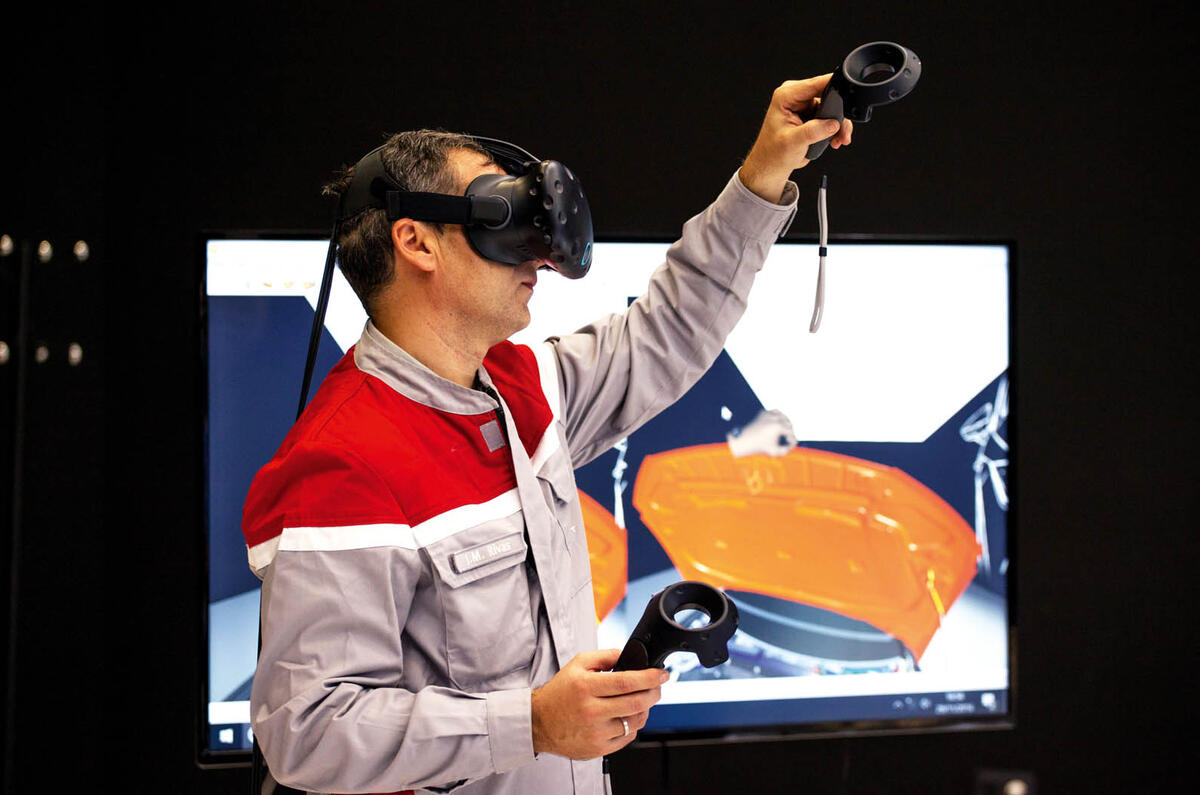
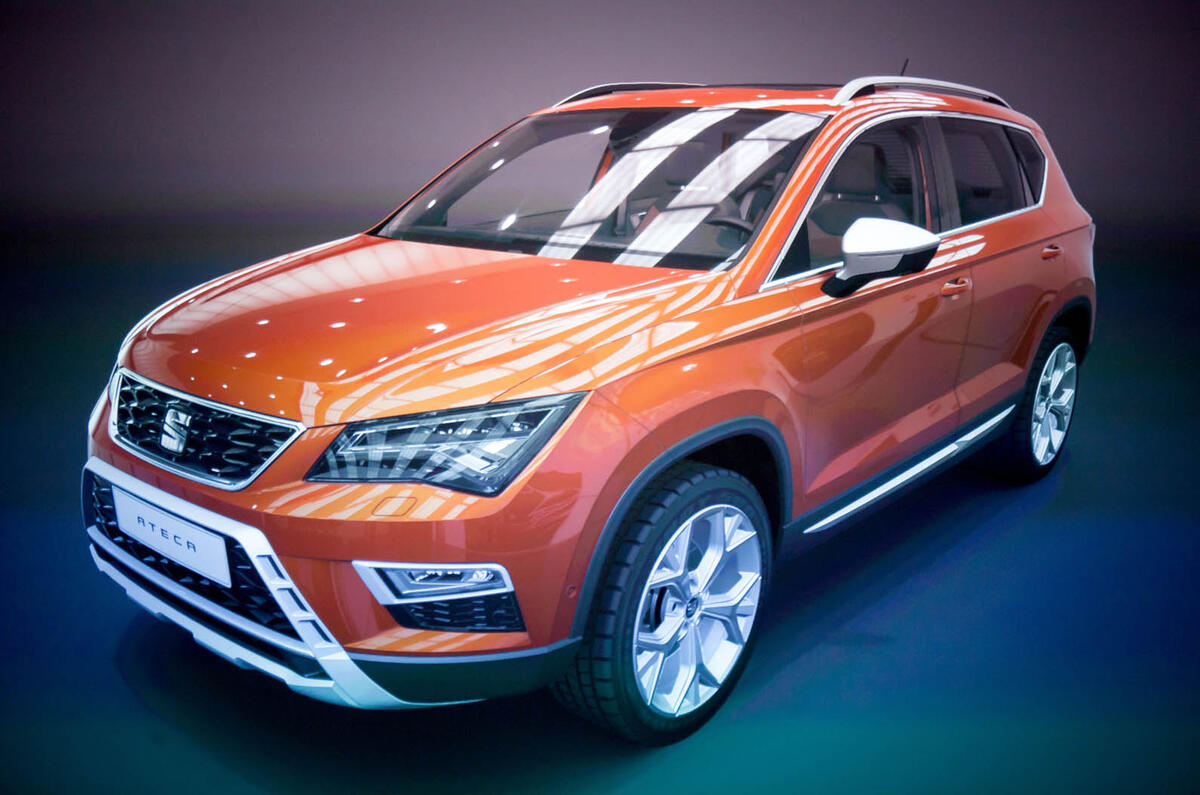


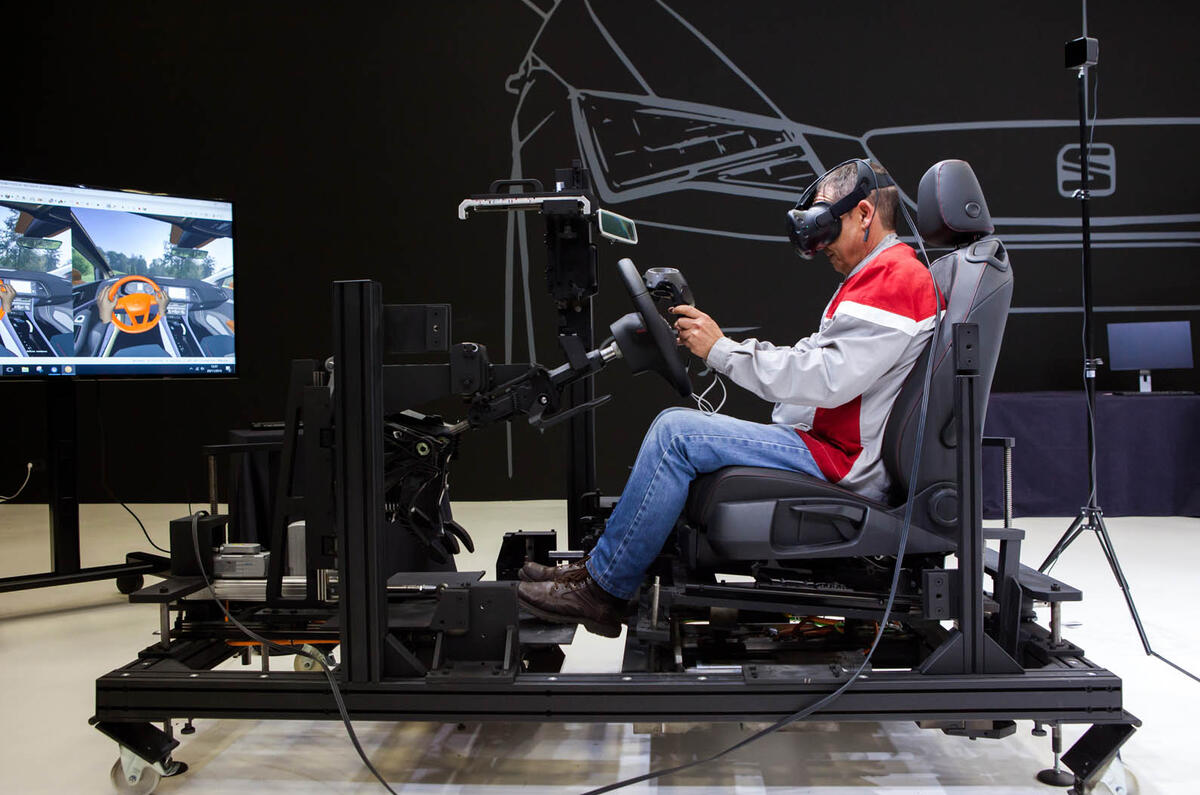
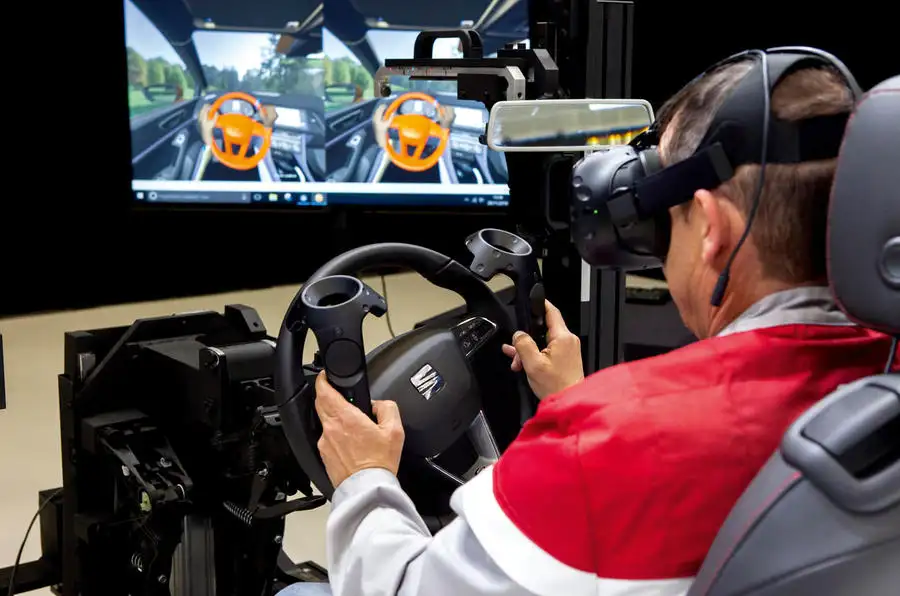



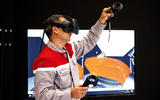











Join the debate
Add your comment
Could be wrong but...
I was under the impression the Ateca was built at Skoda's Kvasiny plant alongside the almost identical new Yeti?
But will they offer a 10 year